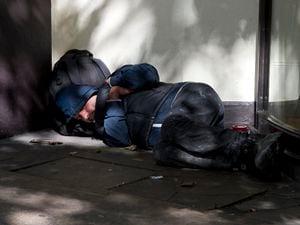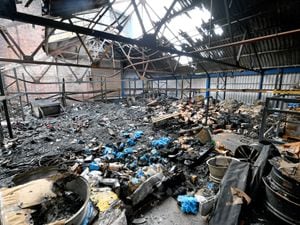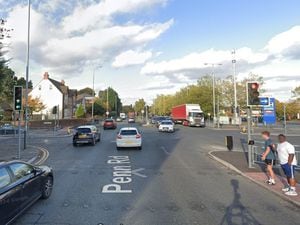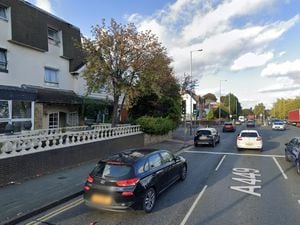Rough sleeper numbers in West Midlands fall to lowest level in a decade
The number of rough sleepers on the streets of the West Midlands has fallen by nearly two-thirds over the past year, new figures show.

Government figures from the annual autumn snapshot counts show 44 people were sleeping rough in the region in 2020, a drop of 62 per cent compared to 2019 and the lowest number in a decade.
Six people were sleeping rough in Wolverhampton in 2020, down from 14 the previous year – a 57 per cent drop – and four people were on the streets of Sandwell, down from 10 in 2019.
In Walsall there were four rough sleepers, down from six, while the figure stayed the same in Dudley, at four. Birmingham saw the region's biggest drop – a 67 per cent fall from 52 to 17.
The reduction has been attributed to local authorities working with the private and voluntary sectors to protect people at risk of homelessness during the pandemic, as well as the region's 'Housing First' scheme and extra Government funding, including the ‘Everyone In’ initiative.
Councillor Ian Brookfield, leader of Wolverhampton Council, said the number of people sleeping rough in the city had fallen further, to four, since the figures were compiled.
"For a couple of years now, we have had it as a priority that no one should be sleeping out in the open if they don't want to," he said.
"We are doing all we can to get people in, and give them the support they require. That's why we've gone from 33 rough sleepers a couple of years ago to the latest figure, which is four.
"This will be a priority for the years ahead, when we will continue to provide services to enable the good work to continue."
Impact
West Midlands Mayor Andy Street said the decrease was a "phenomenal achievement" that was down to "collective working", but warned that it was "far from job done".
He said: "From local councils and the West Midlands Combined Authority, to homelessness charities and Government, we would not have been able to help the number of rough sleepers we have without the whole region working in partnership.
“Clearly the Government’s Everyone In initiative throughout the coronavirus pandemic has had a major impact in helping rough sleepers across the West Midlands, but we would not have been able to make the reductions we have without the hard work and dedication of local authorities and their outreach teams, as well as pioneering schemes such as Housing First – which has now helped more than 350 people into permanent accommodation with wrap-around support – and Change into Action.
“But however well the region may have done over the last two years, it is far from job done. The Government’s commitment to end rough sleeping by 2024 is fast approaching and we are still seeing a flow of new people coming onto the streets.
"As a region we remain determined to continue to tackle rough sleeping, but we must be supported by continued Government funding to ensure we can build on the work we have done in recent years."
Across the country 2,688 people were on the streets, down 37 per cent from 4,266 in 2019.
The Ministry of Housing, Communities and Local Government figures are based on either a count by councils on one night each autumn, or an estimate from local agencies.
While the West Midlands Combined Authority area has seen a huge fall in rough sleeper numbers, parts of Staffordshire have seen numbers rise.
In Stafford the number of rough sleepers doubled over the year to 10, while in Cannock Chase eight people were on the streets last autumn, compared to one the year before.
Lichfield saw a fall from five to three, and in South Staffordshire the number stayed at one.





